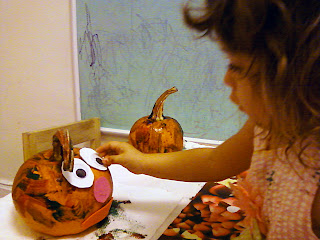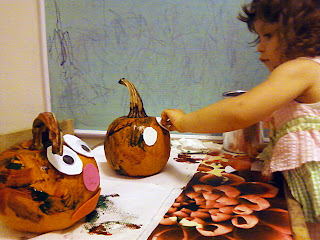Research shows that the first five years of a child's life is the most critical period for brain development. In this period, brain cells make connections that lay the foundation for all future learning. These pathways must be maintained, through repetition and consistency, in order for the connections to be preserved. The network of connections influences intellectual capacity, memory, problem solving, and language. Most of these connections are made in early childhood, especially in the first year of life.
Starting from birth, the most important thing a parent can do is to interact with their baby as much as possible. You are your child's best teacher. A baby's brain is designed to learn best from human interaction. Experts recommend talking to your baby a lot. The more that a baby hears the patterns of language, the easier language learning becomes. By age 3, kids spoken to more frequently have an IQ that's 1.5 times higher than that of children who weren't. By the time they're in elementary school, they have much stronger reading, spelling, and writing skills. You should narrate your day, meaning talk about everything you are doing and everything that is happening. Once your baby starts babbling, you should have "conversations" with the baby. Ask the baby a question then pause and wait for a reaction. This kind of interaction will help to develop social and emotional skills. It is also recommended that parents read to their child every day, starting from birth.
Infant Stimulation Cards (newborns - 5 months):
Because vision is one of the least developed senses at birth, it is a good idea for the parent to offer stimulating images to aid in the baby's development. At birth, a baby’s retina is not fully developed. An adult retina can distinguish many different shades of light and color, but a newborn retina can only detect large contrasts between light and dark, or black and white. I used to notice my baby staring at high contrast objects such as the dark framed mirror or the dark curtains up against a white wall.
Infant stimulation cards are black and white patterned cards that you hold up in front of your baby as a visual stimulation tool. Research shows that infant stimulation cards will help calm and soothe your baby as well as increase concentration skills, enhance natural curiosity and stimulate the creation of brain cell connections. You can download 10 free infant stimulation cards, click here! The best distance to place the card is 8 to 12 inches from your baby's eyes. You can tape it to the side of the crib, the wall next to the changing table, in front of your car's baby seat, or just show it to your baby and let the baby look at it until he loses interest. These cards are good for newborns up to around 5 months. Make sure baby is alert and active while showing these cards.

The file contains 2 cards per page, you can laminate them and make 10 cards or 5 double-sided cards.
Baby Flash Cards (5 months and up):
Once your baby starts to stay awake and alert for longer periods, around 5 months, a daily exercise you can do is to use flash cards to aid learning. You can download free alphabet flash cards A-Z and numbers 1-10, click here! These high contrast black and white images are best, and you just want to flash each card for a second while saying the letter sound. This exercise should last no longer than a minute for the whole set of cards. Do this while your baby is alert and in a high chair or seat. Consistency is the key, so if you do this every day you will significantly impact your child's reading potential. The child will quickly learn the letter sounds which is the first step in learning to read phonetically. Give your baby a head start in reading!
Your baby will also learn to recognize numbers by using the number cards. You should also try to count things in every day conversation. Count the baby's fingers and toes, count the number of steps in your staircase, etc. Soon the baby will be counting everything too!
Note: Teaching your infant with flash cards should not be time consuming and should always be fun. To be used in addition to lots of meaningful interaction and play with your baby. If your baby is not interested, try again at a later time. Also, if you do not start at 5 months, don't worry it is never too late to start. Your child will benefit regardless.
The file contains 6 cards per page, just laminate and cut out. You can also hole punch and put them through a ring to hold them together and quickly flip through them.










